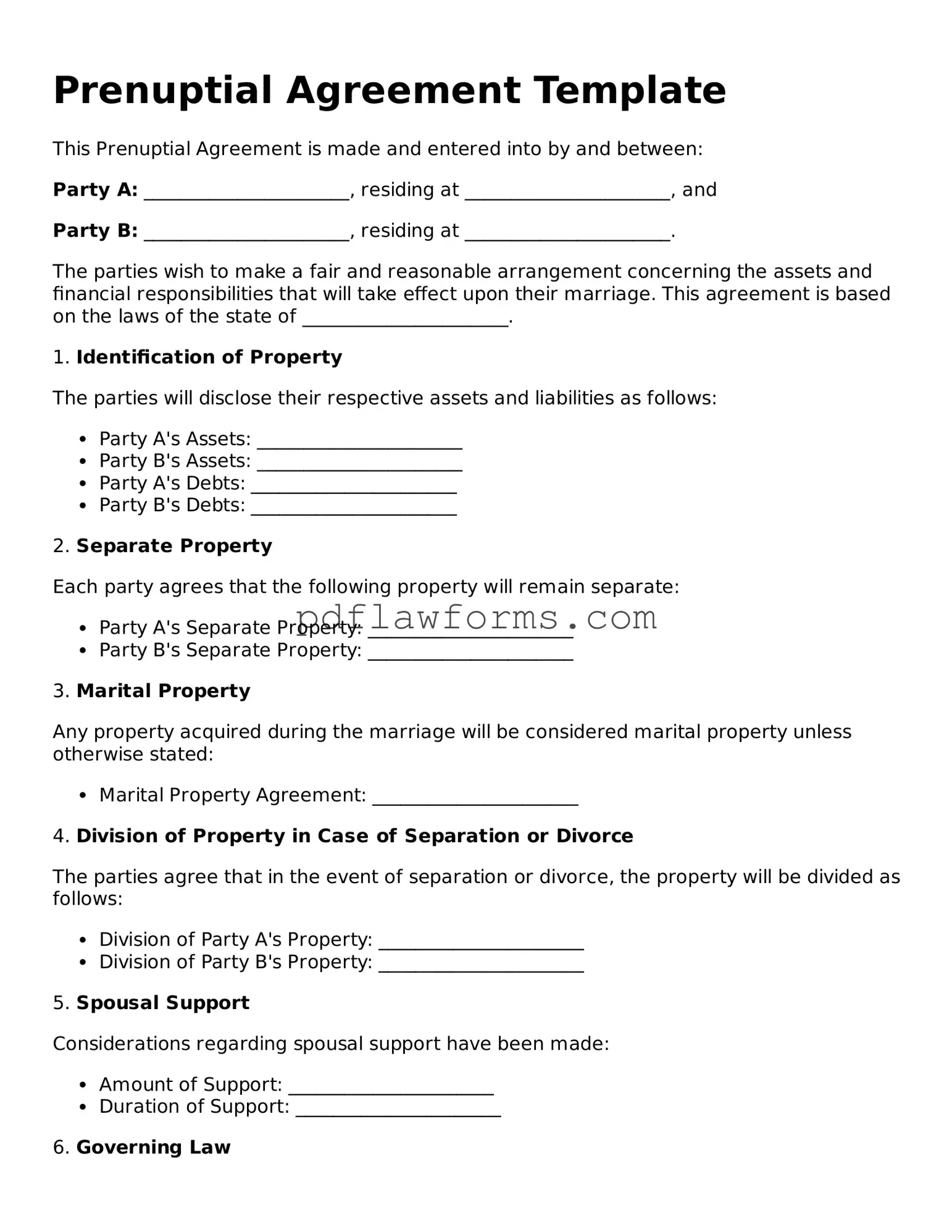When couples decide to enter into a prenuptial agreement, they often overlook important details that can lead to complications down the line. One common mistake is failing to fully disclose assets and debts. Transparency is crucial in these agreements. If one party hides financial information, it can lead to disputes and undermine the entire purpose of the prenup.
Another frequent error is using vague language. Clarity is key in legal documents. If terms are not clearly defined, it can create confusion and lead to differing interpretations later. For example, phrases like “reasonable expenses” can mean different things to different people. Clear definitions help ensure that both parties understand their rights and obligations.
Many individuals also neglect to consider future changes in circumstances. Life is unpredictable, and what works at the time of signing may not be relevant years later. Failing to include provisions for changes, such as the birth of children or changes in income, can render the agreement ineffective when it matters most.
Additionally, couples sometimes rush the process. Taking the time to carefully review and discuss the agreement is essential. Rushing can lead to misunderstandings or overlooked details. It's important to engage in thorough discussions and possibly consult with legal professionals to ensure that both parties feel comfortable with the terms.
Another common mistake is not having the agreement reviewed by independent legal counsel. While it may seem cost-effective to draft a prenup without legal assistance, this can lead to significant issues later. Each party should have their own attorney to ensure that their interests are protected and that they fully understand the implications of the agreement.
Finally, couples may forget to update their prenuptial agreement after significant life events. Changes such as marriage, divorce, or the birth of children can impact the relevance of the agreement. Regularly reviewing and updating the prenup helps ensure that it remains aligned with the couple's current situation and intentions.
